What is the World Telecommunication and Information Society Day?
The World Telecommunication and Information Society Day is an international day celebrated every 17 May since 2006 – but its roots go back to 1973, with the funding of the International Day of Telecommunications.
Why make a day dedicated to Telecommunication and Information? Like many international days, it aims to raise awareness – here, on the potential of digital technologies for social change and the need for digital inclusion, as 2.6 billion people are still under connected in 2024.
To mark this day, as an organization using telecommunications to respond to humanitarian crises, we want to highlight a few telecommunication and information technologies that have been used and are being used in humanitarian action.
How are telecommunication technologies used in humanitarian settings?
- Radio broadcasting
Radio can reach large numbers of people in areas with little infrastructure, making it a particularly effective tool during natural disasters to provide essential information. Radio can also increase community resilience.
- Terrestrial voice communications
Voice communications have long been an efficient way to coordinate relief efforts and humanitarian action in the field, be it through VHF (Very High Frequencies) or mobile networks. For people affected by humanitarian crises, it’s also a way to reach their loved ones when they most need it.
- Satellite communications and services
Satellite equipment can provide emergency connectivity in humanitarian crises, which allows for more efficient coordination and communication. Satellites also provide data for Geographic Information Systems (GIS), providing digital maps for humanitarian workers to identify affected areas and needs.
- Smartphones and connected devices
Many people affected by crises use their smartphones to find and share information that is essential for people in such situations, carry out administrative and legal procedures, register for assistance and make and receive payments. Children and teenagers can access online education, whether they are displaced or in hard-to-reach areas. Finally, connected devices can be used for telemedicine to help communities access healthcare, whether through online calls with doctors or applications.
However, there are limitations and risks that go with using telecommunications in humanitarian action.
The importance of digital inclusion
In humanitarian crises, digital inclusion can open new opportunities for people to find support and community resilience. However, digital inclusion in humanitarian situations should include digital literacy and digital safety, especially for people in vulnerable situations.
“At the beginning, we were providing phone calls for families to be able to contact their loved ones in the country or abroad. But people want the internet, even to call their loved ones. Sometimes providing just an unmonitored and unmanaged Internet is not the best way to help the people. Sometimes, you need to explain to the people the risk they might face using the internet. It's part of the digital literacy element that we try to integrate into our programs and our missions to support the people using technology.”
Sébastien Gillet, a member of TSF’s Technical & Operations Team.



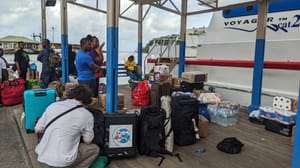

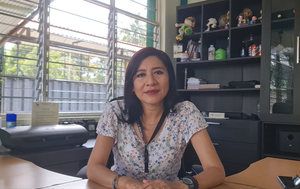

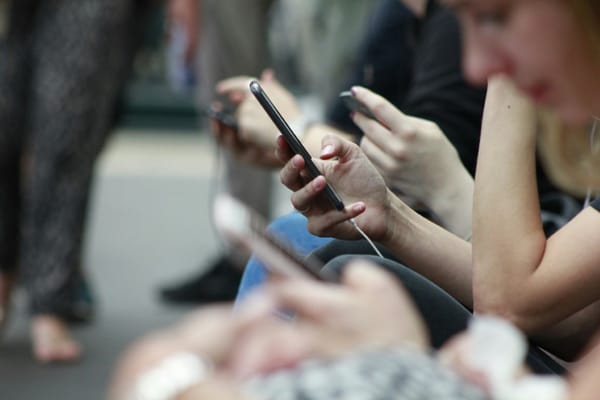

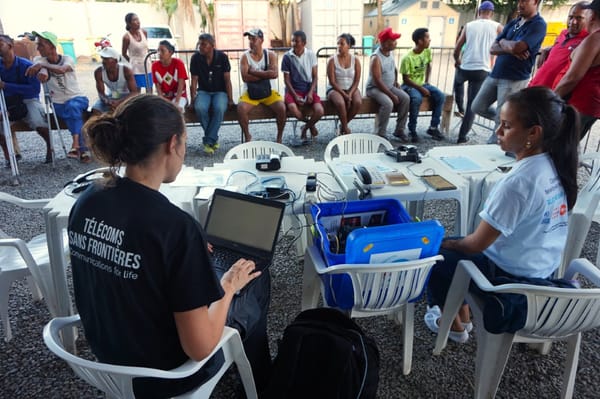
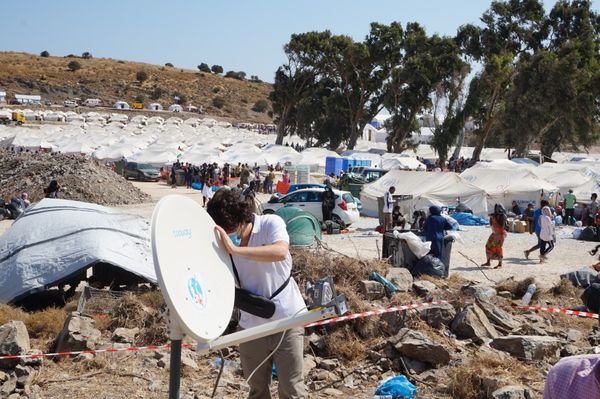
Member discussion